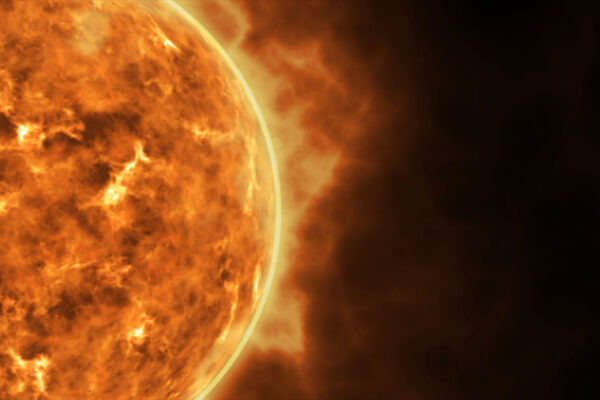Washington University physicists analyze solar wind samples from Genesis mission
How did our Solar System evolve? WUSTL physicists and a large team of colleagues marked the beginnings of that odyssey by examining samples of solar wind for neon and argon, two abundant noble gases. The work was published in the Oct. 19, 2007, issue of Science.
Washington University scientists analyze solar wind samples from Genesis mission
As reservoirs of valuable information go, nothing beats the sun. This sphere of heat and energy holds 99.9 percent of the solar system, saved in all original proportions after planets and meteorites formed. Analyzing the mix of hydrogen, oxygen and noble gases found in the sun can answer one of the biggest questions of the universe: How did our solar system evolve? Scientists at Washington University in St. Louis and a large team of colleagues marked the beginnings of that odyssey by examining samples of solar wind for neon and argon, two abundant noble gases. The work was published in the Oct. 19, 2007, issue of Science.
‘Real’ stardust from NASA mission lands on campus
Stardust, the NASA spacecraft mission, was given that name in hopes that the seven-year journey to capture comet samples would bring back to Earth, well, stardust. In an article in a special issue of the journal Science, Washington University researchers are the first to report that a sample they received from the mission actually does contain stardust — particles that are older than the sun.
Washington University lab first to find ‘real’ stardust from Stardust mission
VIDEO AVAILABLE: Stardust, the NASA spacecraft mission, was given that name in hopes that the seven-year journey to capture comet samples would bring back to Earth, well, stardust. In an article coming out in the Dec. 15, 2006, issue of the journal Science, researchers at Washington University in St. Louis are the first to report that a sample they received from the mission actually does contain stardust — particles that are older than the sun.
WUSTL researcher available to discuss Stardust mission find
Frank J. Stadermann, Ph.D., senior research scientist in physics in Arts & Sciences at Washington University and a sample adviser for NASA’s Stardust mission will discuss his research team’s significant find from the Stardust mission, the first U.S. space mission dedicated to the exploration of a comet, and the first robotic mission designed to return extraterrestrial material from outside the orbit of the Moon.
Stardust in the Laboratory
Ernst K. Zinner, Ph.D., research professor of physics and of earth and planetary sciences, both in Arts & Sciences, at Washington University in St. Louis, provided an overview of the study of “Stardust in the Laboratory” Monday, Feb. 20, 2006, at the annual meeting of the American Association for the Advancement of Science (AAAS), held in St. Louis. He also participated in the AAAS “Exploring a Dusty Cosmos” press briefing that morning.

